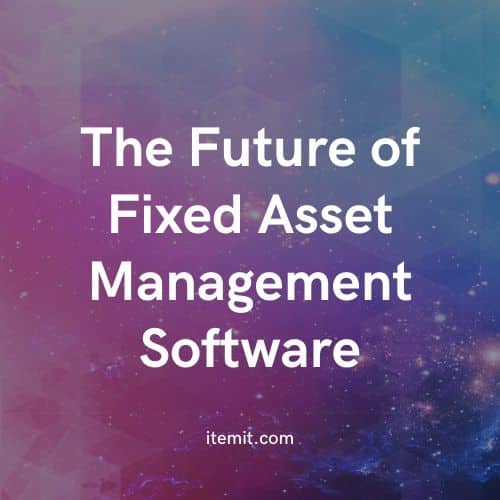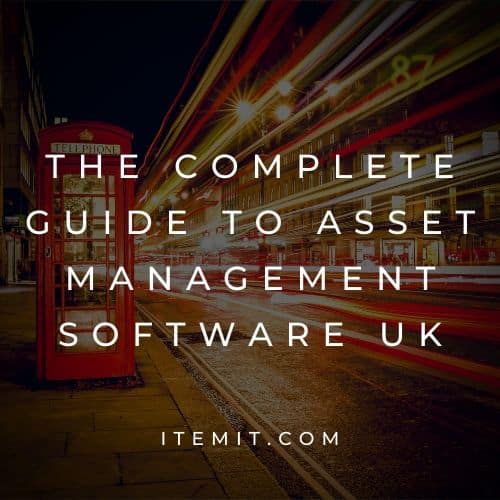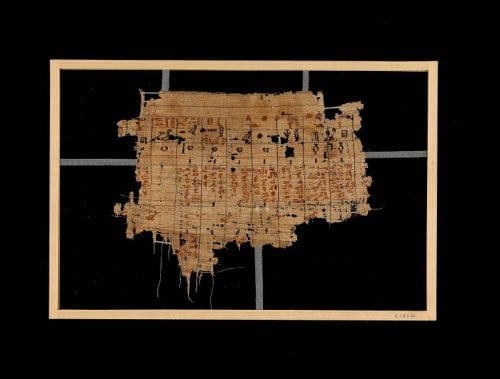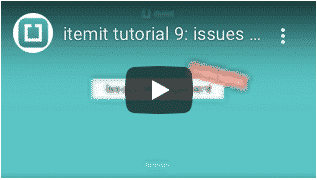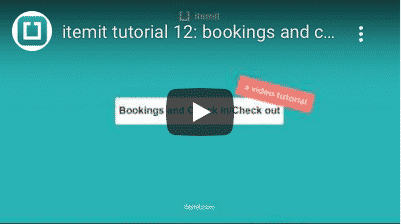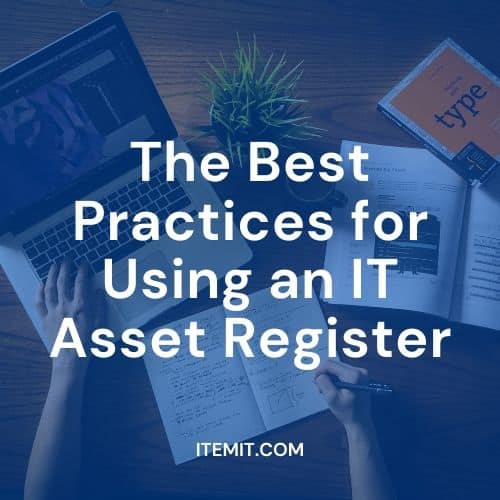The Future of Fixed Asset Management Software
The fixed asset management software market is growing. Recent worldwide developments in technology, a need to get more use out of fixed assets due to supply chain disruption, and a continued move towards digital have expedited growth in IoT, IIoT, and thus, fixed asset management markets.
What does the future of fixed asset management software look like? Ease-of-use, automation, hands-free usage, and more shareability. The future of fixed asset management software is the ability to audit, track, manage, and control your assets with minimal additional work or interaction required.
Hands-Free Fixed Asset Management
The future is hands-free. Hands-free is essential in mitigating the spread of diseases, and so fixed asset management software will follow suit, implementing features which will help with hands-free asset tracking.
For example, the ability to view, log, and report issues related to facilities management assets is essential to reduce the amount of human interaction with the asset itself.
Hands-free issues reporting and maintenance tracking is the solution to this. With hands-free equipment maintenance tracking, anyone can report issues to a maintenance team, who can then remotely view and prioritise issues, creating a more effective maintenance system.
The hands-free nature of this allows the maintenance team to minimise the amount of time needed to interact with assets, keeping them safer.
The future will be the expanding of these features, allowing for more hands-free interaction and more remote working.
Sharing Your Fixed Assets
Shareability has been a large part of the 21st century. Why shouldn’t this apply to fixed asset management?
The more people using your fixed asset management software, the faster your maintenance, location tracking, and asset retrieval processes are.
Crucially, you can set user permissions so that any sensitive information remains hidden.
Therefore, the future of fixed asset management software here is clear: more shareability and more scalability. The more you can share your assets, the less work that’s needed to be done.

Automated Fixed Asset Management Software
The next step for fixed asset management software is more automation. Automation is a large part of the future. Minimising human error, making work easier to do, and creating a more predictable operational outlook is all possible with automation.
With automation in fixed asset management software, any changes to fixed assets will be automated. Currently, logging asset movement is the easiest way to automate.
At RedBite, we’re already working on innovating in the IoT sphere to automate your fixed asset management.
Fixed RFID Asset Tracking
One of the closest developments for RedBite’s fixed asset management software, itemit, is the integration of fixed RFID tracking.
itemit is the world’s only fixed asset management software where you can use a combination of tags. Mix and match RFID, QR codes, Barcodes, and GPS!
Soon, itemit will be the world’s first asset tracking solution which has off-the-shelf fixed RFID asset tracking integration.
If you’re interested in inexpensive fixed RFID tracking for your business, you can contact us below:
GPS Asset Tracking
GPS solutions in the asset management system market are set to grow at the highest Compound Annual Growth Rate compared to its competitors (RFID, BLE, Barcodes, QR Codes).
With GPS solutions, the risk of asset theft is mitigated, as you’ll be able to view and monitor where assets are in real-time. This development also allows for more automation.
To find out more about GPS tracking, you can contact us below:
You can already monitor your assets from anywhere in the world, but these new developments will give you a more complete view of your asset tracking and management processes.
itemit is always developing and is already a heavy-hitter in the fixed asset management software world. To find out more about how you can save time and money with itemit, you can contact us at team@itemit.com, or you can start a free trial using the form below.
Or, you can check out these blogs:
The Complete Guide to Asset Management Software UK
Tool Tracking Tips: Optimise your operations with a construction tool tracking app
Be A Part Of The Future Of Fixed Asset Management Software
Start your free 14-day trial now
Instant access. No credit card details required.
